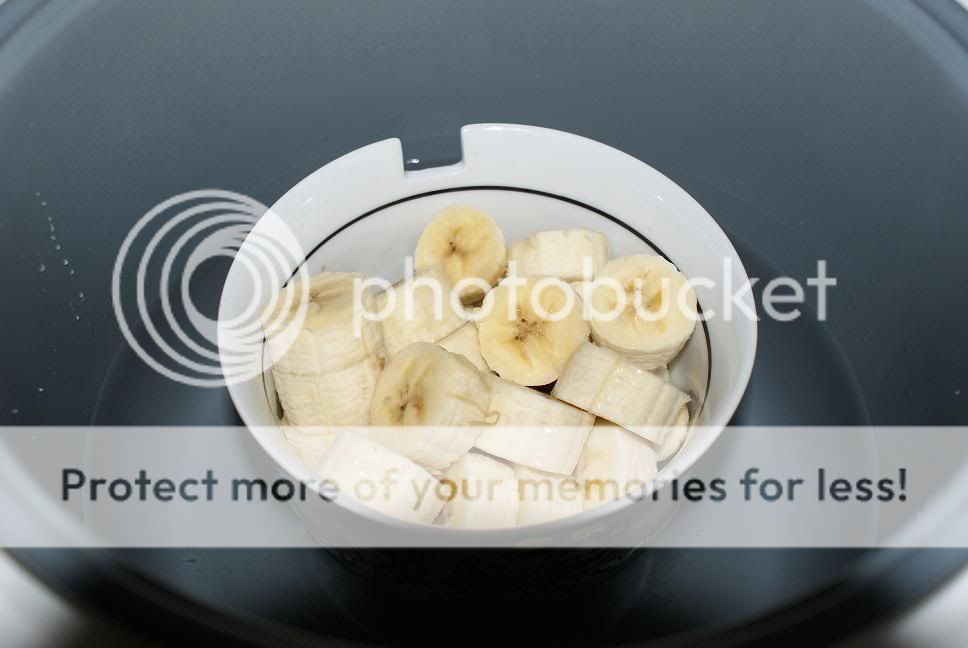Congratulations on taking the decision to prepare your own food for your baby!
By doing so, you're treating him to two of life's greatest gifts -- good health
and delicious food. http://www.keepkidshealthy.com/infant/homemade_baby_food.html
Homemade infant food may help cut food costs, and provide baby with food as
nutritious, if not more nutritious, than store-bought baby foods. Making your
own baby food will also help baby get used to foods the family eats.
http://www.umext.maine.edu/onlinepubs/htmpubs/4309.htm
Baby food doesn't have to come in jars. You can make your own at home, and it's
not difficult. Baby food is simply strained, pureed, or mashed adult food, just
a different version of the food you prepare for yourself. Three good reasons for
making your own baby food are:
You know what's in it
You can
custom-tailor the texture to your baby's taste preferences
You can shape
your baby's tastes and help her learn what fresh foods taste like.
http://www.askdrsears.com/html/3/T032300.asp
SO the obvious is there. Its nutrious and its cheap. Not convince yet?
I took this a step further to show how much I cut cost in preparing fresh homemade baby food. I am not totally off commercial food, I use them ONLY when there is unplanned family outing of such (macam last minute kenduri ke) Life doesnt have to stop when you have babies anyway right?
Ok. This weekend, shopping at Tescos was fun - Sya actually identified the Chinese Pears and started grabbing them LOL. She knows that is "ma-mam" = food
How much will it cost you?
Two weeks worth of banana = RM5.01


Two weeks worth of chinese golden pumpkin = RM1.87+ RM2.76 = RM4.63

Two weeks worth of apples, red delicious = RM8.99

Two weeks worth of sweet potato = RM3.22

Two weeks worth of carrots (good quality from Australia) = RM2.67

Two weeks worth of fragrant pear = RM4.87

Two weeks worth of papaya = RM2.57

total spent = RM31.96
baby rice = RM6.99
commercial baby food, per jar RM2.95 (the cheapest in the market so far)

2 bottles x 14 days = RM82.60 + RM6.99(baby rice)= RM89.59 -> 2 weeks (commercial)
homemade = RM31.96 + RM6.99(baby rice)-> = RM38.95 -> 2 weeks (homemade)
you save RM50.64
For me...thats a real good bargain.


































